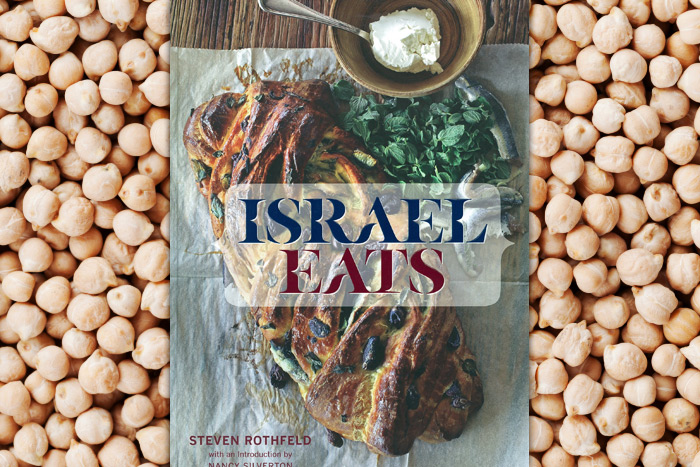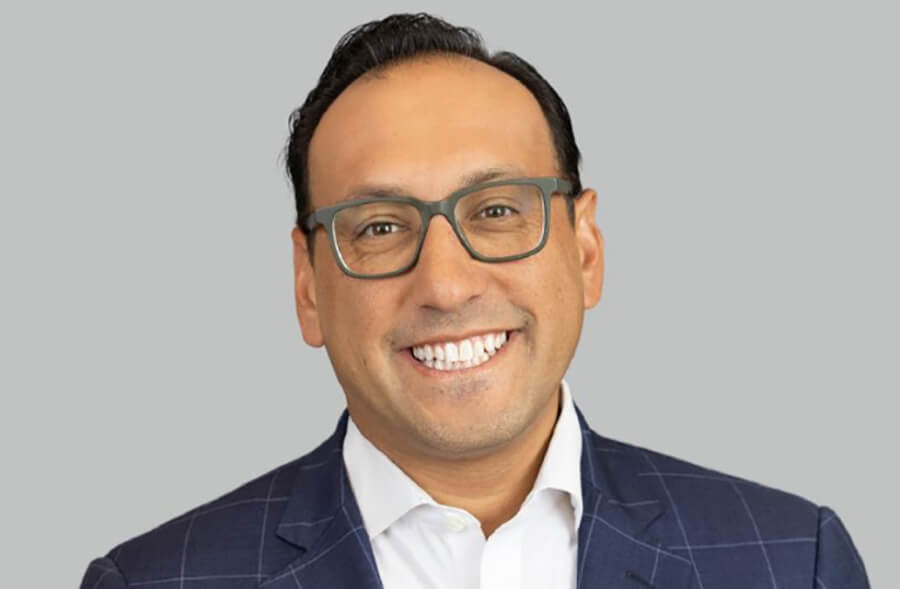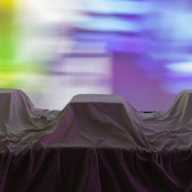Hamptons Epicure: Cooking with Israel Eats and Hillary Davis

On Palm Sunday my husband was a very happy man.
I made a Dutch oven full of Beef Stew à la Bordelaise with caramelized carrots and turned potatoes from Hillary Davis’s Le French Oven (Gibbs Smith 2015) and served it with glasses of Wölffer Estate Vineyard’s 2012 Cassango, a hearty cabernet sauvignon. I topped the stew with our first harvest of the season—fresh chives. I don’t often cook meat at home, let alone red meat, but I was inspired by this gorgeous cookbook and the fact that I was trying to talk my husband into expanding our garden. Meat make caveman happy man.
Husband has the upper body strength needed to turn that sod under. I NEED to expand our garden to grow MORE beets, cabbage, carrots, eggplant and fennel. I know this in my farm girl bones because I just finished reading Steven Rothfeld’s cookbook Israel Eats.
Israel Eats is Rothfeld’s first cookbook. He is mainly a photographer based in California’s Napa Valley. Of course, Rothfeld’s gorgeous photos grace this book, as well as cookbooks by Wolfgang Puck, Joël Robuchon and Nancy Silverton. I met Rothfeld a couple of months ago in Sagaponack at a shoot for Hillary Davis’s next cookbook, Les Desserts, which is due out in August.
The photos in Israel Eats are at once arresting and serene, not unlike the photographer himself. When I first met him, Steven was very excited that he’d spent the day touring East End wineries. I mentioned that I was very taken with Wölffer’s Cool as Well Sparkling Blanc de Blanc. He pulled a little face and informed me that he “likes his bubbles smaller.” I admired and respected him immediately.
Steven’s passion for all that is edible and beautiful is infectious and it comes through in his first book. Inspired by the sights and people and produce of Israel, and the cheeses and orchards and cows and history and passion of Israel, Rothfeld presents a slice of life well lived—a heady mix of cultures that share a love of and dedication to unforgettable food.
As he writes in the introduction, “In the time I spent wandering around this small country notorious for sorrow and conflict, I discovered humor, celebration, endless holidays, and a vibrant cuisine.”
Chef Nancy Silverton joined Rothfeld on some of his delicious adventures exploring restaurants, farms and bakeries. She contributed several recipes to the book including “Nancy’s Cauliflower Focaccia.” The two have worked together on three previous books.
Rothfeld asserts that in the rich melting pot that is Israeli cooking, “The flavors are complex but in harmony. The dishes are sometimes exotic but always approachable.” So too are the many recipes in this cookbook. Here’s a short list of what I plan to make: Cauliflower “Tabouli,” Roasted Beet Carpaccio, Fried Artichokes with Labneh (a yogurt cheese), Challah with Olives, Anchovies and Oregano; Vegan Chocolate Mint Cake, Stuffed Cabbage Cake, Peach Tart Tatin and Falafel Shrimp with Eggplant Spread.
Summer will be the best time to prepare many of the dishes as they rely on using the freshest ingredients. Our local farmers markets are great but I envision picking the fruits of my own labor (and Husband’s) and slicing them up for lunch—like the restaurant Gan Yarak (“vegetable garden”) in Moshav Zofar that is described in this cookbook. It’s a restaurant INSIDE of a greenhouse!
Don’t tell Husband: We need to REALLY expand our garden this season. In addition to our usual crops—and more of them—we need to grow our first artichokes, black garlic, cauliflower, hyssop, kohlrabi and mallow. I also envision a whole patch devoted to chickpeas. My Italian great-uncle Mike used to grow them every summer in East Aurora, NY, so I know that it can be done. I long to shout, “Welcome to my hummuseria!”
This is a lot to take on but if I can just approach some of the beauty in Israel Eats I’ll be satisfied. As Rothfeld writes, “A stressed vine yields intense fruit.”









